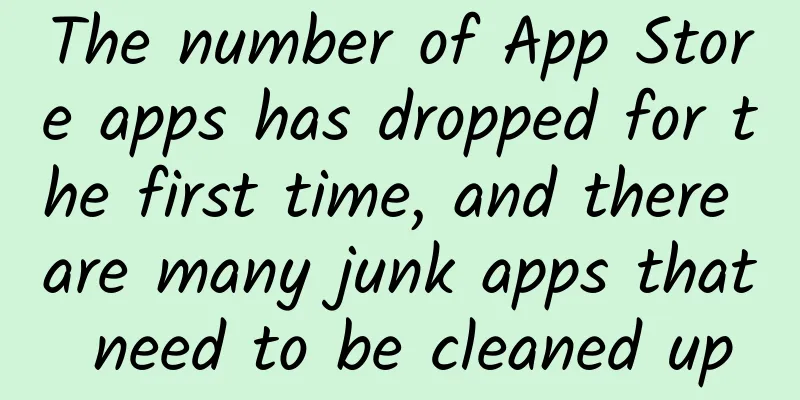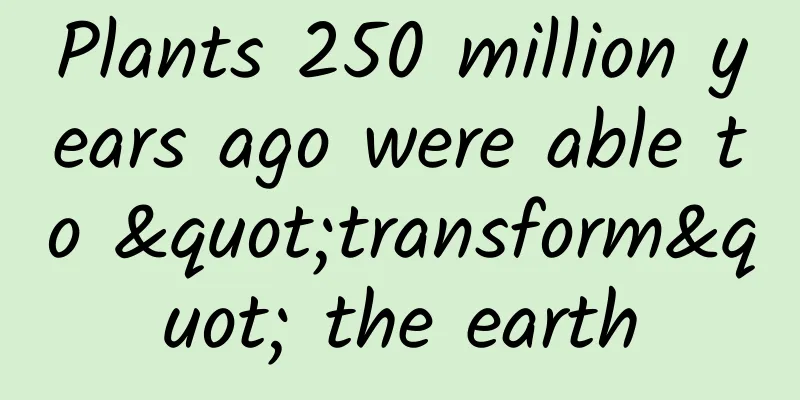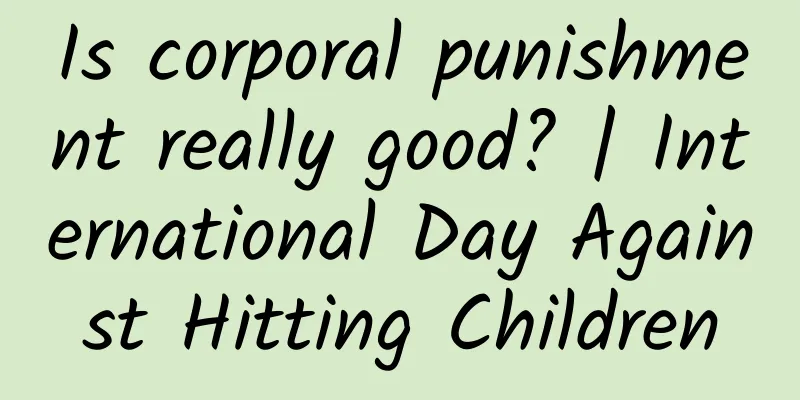The number of App Store apps has dropped for the first time, and there are many junk apps that need to be cleaned up

|
According to a report recently released by data analysis platform Appfigures, the number of apps on Apple's App Store dropped dramatically in 2017. To be precise, the total number of apps on the App Store suddenly dropped by 5% in one year. Appfigures statistics show that throughout 2017, the number of apps in Apple's App Store was 2.2 million at the beginning of the year, but it dropped to 2.1 million at the end of the year. In contrast, the number of Android apps in the Google Play Store increased by 3.6 million during the same period, a year-on-year increase of 30%. The report said that since 2014, the development trajectory of Apple's App Store and Google Play has been similar, but it changed in 2017. The reason for the apparent decline in the number of App Store apps is unclear. Appfigures speculates that it may be because Apple has become more stringent in reviewing apps listed on the App Store. In addition, iOS 11's abandonment of support for 32-bit apps is also a reason for the decline. Currently, 32-bit apps are not found on iOS 11 devices. At the same time, Apple has required all apps to be updated based on the 64-bit architecture since 2015. In addition, Apple has been cleaning up the App Store since September 2016, removing "abandoned," "outdated," and "problematic" apps, a process that may continue into 2017. In a statement posted on the Apple Developer Portal, Apple said this was part of a plan to guarantee "high-quality apps" to users, because a large number of these removed apps are no longer updated or no longer meet current review standards. Not only that, virus scanning apps and cloned apps, as well as apps generated directly from commercial templates, were also cleaned up. From the current situation, it seems that it is precisely because of the stricter app store supervision measures that the number of new app releases on the App Store has dropped by 29%. In the whole of 2017, iOS developers released only 755,000 new apps, which is the largest decline since the launch of the App Store in 2008. In contrast, the number of new Android apps released on the Google Play Store reached 1.5 million, an increase of 17% year-on-year. In addition to fewer apps being released, Appfigures' report also shows that more developers are porting iOS apps to Android than the latter to the former. Throughout 2017, developers ported about 17,500 iOS apps to Android, while only 7,500 were ported from Android to iOS. Currently, there are about 450,000 identical apps in the App Store and Google Play, accounting for about 8.5% of the total. ***, Appfigures' report also details the installed base of application development tools in each country. Among them, the growth of Chinese developers in the Top Application category is amazing. And as expected, games are among the top on both the App Store and Google Play platforms. |
<<: Advice from an old programmer: Don’t rely on technology for your whole life
Recommend
Be careful! Feeling sleepy all the time may be a sign of illness
Expert of this article: Guo Xiangping, Deputy Sec...
A boundless lake appears in the desert, and the spring breeze blows through Yumen Pass?
Produced by: Science Popularization China Author:...
Hundreds of apps test Intel chips
With excellent workmanship and powerful performanc...
3 concepts to analyze Taobao user incentive system
I have always wanted to write down and summarize ...
Mocha AE post-production tracking basic tutorial
Mocha AE post-production tracking basic tutorial ...
How to find accurate drainage methods?
There is a cruel fact: the online traffic dividen...
The peak season for dengue fever is here. You need to prepare in advance for the May Day holiday.
As temperatures rise across the country, mosquito...
Hyundai Motors brings a hydrogen fuel cell car with a range of 800 kilometers
It’s another CES Asia show, which is more like a ...
Advertising strategies for the Internet automobile industry
There has always been a saying circulating in the...
Qiantu K50 pure electric sports car officially launched, with a nationwide unified price of 686,800 yuan after subsidies
On August 8, the Qiantu K50 pure electric sports ...
How to promote your brand on TikTok? 5 Tips
According to InfluencerMarketingHub, TikTok has 5...
Metformin's miracle reappears: giving primates' organs a "youthful coat"
Metformin can be said to be a star candidate for ...
Beware! Typhoon Mulan is approaching
The reporter learned from the Hainan Provincial M...
Canalys: Global 5G smartphone shipments are expected to reach 278 million units this year
According to foreign media reports, market resear...
QQ track screen: first-rate card picking, second-rate card skills, third-rate marketing
In 1999, Tencent QQ was born. In the past 20 year...









